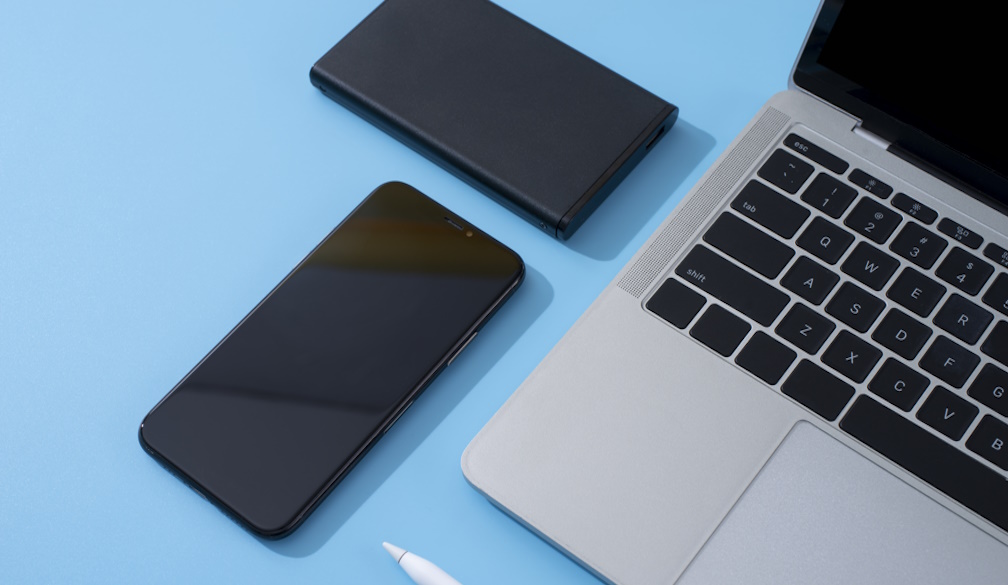Best Power Bank Portable Charger for Smartphones, Tablets, and Laptops

In today’s fast-paced digital world, staying connected isn’t just a convenience—it’s a necessity. Whether you’re commuting, traveling for business, or enjoying a weekend getaway, your devices are often your lifeline. From smartphones to tablets and even laptops, running out of battery at the wrong time can be frustrating, if not disastrous. That’s where a power bank portable charger comes in. It ensures you never have to worry about being stranded without power, no matter where you are.
This guide explores what makes a power bank truly reliable, the features to consider, and some of the best options currently available for smartphones, tablets, and laptops.
Why you need a power bank portable charger
Imagine being in the middle of an important video call, only for your device to suddenly die. Or picture yourself navigating a new city with your phone when the battery slips into the dreaded single digits. Situations like these are all too common, and a power bank portable charger acts as a safety net.
Unlike wall chargers that require a fixed outlet, power banks give you freedom and flexibility. They’re compact, lightweight, and powerful enough to fuel multiple devices at once. For people who rely heavily on technology—students, remote workers, travelers, and even gamers—a portable charger is no longer optional. It’s an essential accessory.
Key features to look for
Before rushing to buy a charger, it’s worth understanding the features that separate a good product from a great one. Here’s what to look out for:
1. Battery capacity
The capacity, measured in milliampere-hours (mAh), determines how much charge a power bank can store. For smartphones, a 10,000mAh unit is often sufficient. But if you’re powering tablets or laptops, consider something in the 20,000mAh to 30,000mAh range.
2. Output power and speed
Not all devices charge at the same speed. Look for models with Power Delivery (PD) or Quick Charge (QC) technology, which deliver faster charging without overheating your devices. A 65W charger, for example, can power many laptops, while a 20W model is great for phones.
3. Number of ports
If you regularly carry multiple gadgets, a charger with two or more USB ports can be a lifesaver. Some advanced models even come with a mix of USB-C and USB-A ports for flexibility.
4. Size and portability
Bigger doesn’t always mean better. While high-capacity models are excellent for laptops, they can be bulky. If you’re mainly charging a phone or tablet on the go, a slimmer model is more convenient to slip into a pocket or small bag.
5. Build quality and safety
Always look for chargers with built-in safety protections such as overcharge, short-circuit, and temperature control. A sturdy build also ensures it can handle the wear and tear of daily use.
Best power bank portable chargers for smartphones
For smartphone users, portability is usually the top priority. Models in the 10,000mAh to 15,000mAh range strike the perfect balance between compact size and reliable charging.
- Anker PowerCore 10000 PD Redux: Lightweight yet powerful, this model delivers fast charging with Power Delivery. It can charge most smartphones up to two times before needing a recharge itself.
- RAVPower 15000mAh PD Pioneer: A great option with both USB-C and USB-A ports, making it versatile for different cables and devices.
These choices are slim enough to carry in your pocket yet robust enough to give you peace of mind during long days out.
Best options for tablets
Tablets, with their larger batteries, require more juice. A power bank in the 20,000mAh range is often ideal.
- Aukey Basix Pro 20,000mAh: This model supports both Quick Charge and Power Delivery, perfect for recharging tablets quickly. Its built-in stand also doubles as a tablet holder, a neat bonus.
- Zendure supertank 27,000mAh: Though a bit heavier, this powerhouse can recharge tablets multiple times and still have energy left for your phone.
For professionals who use tablets for work or creatives who rely on them for drawing and media, these options ensure uninterrupted productivity.
Best choices for laptops
Charging a laptop is a different story altogether. These devices demand high-wattage charging, which not every power bank portable charger can deliver.
- Anker PowerCore+ 26,800mAh with 65W PD: Known for its reliability, this unit can handle most modern laptops, from MacBooks to Dell XPS models.
- OmniCharge Omni 20+: A premium option that comes with multiple outputs, including AC, DC, and USB-C. It’s perfect for professionals who need to power not only their laptop but also cameras or other gear.
Although these models are bulkier, they make up for it by being true workhorses, giving you the ability to keep your laptop alive during flights, meetings, or long commutes.
Tips for getting the most out of your charger
Owning a high-quality charger is only part of the equation. To maximize its lifespan:
- Recharge the power bank before it’s completely drained to avoid battery stress.
- Store it in a cool, dry place. Heat can shorten the lifespan of lithium-ion batteries.
- Use certified cables to ensure both safety and efficiency.
A little care goes a long way in keeping your portable charger dependable for years.
Final thoughts
In an age where we depend so heavily on technology, investing in a power bank portable charger is one of the smartest decisions you can make. Whether you’re a smartphone power user, a tablet enthusiast, or someone who needs to keep their laptop running on the move, there’s a charger designed to fit your lifestyle.
From compact 10,000mAh models perfect for daily use to heavy-duty 30,000mAh beasts that can keep laptops alive, the market offers something for everyone. By focusing on capacity, speed, portability, and safety, you’ll be able to find the right fit and say goodbye to low-battery anxiety once and for all.

